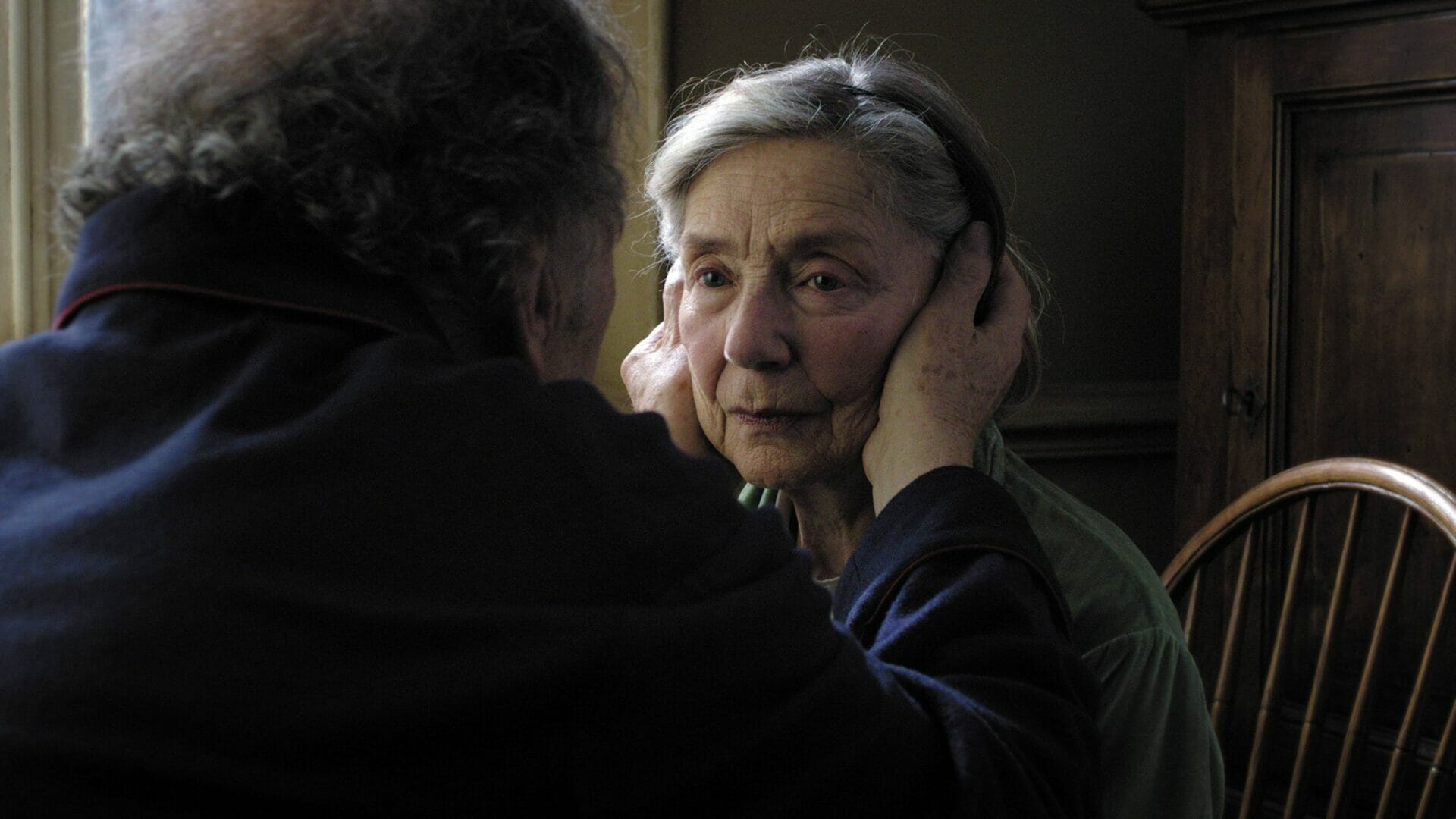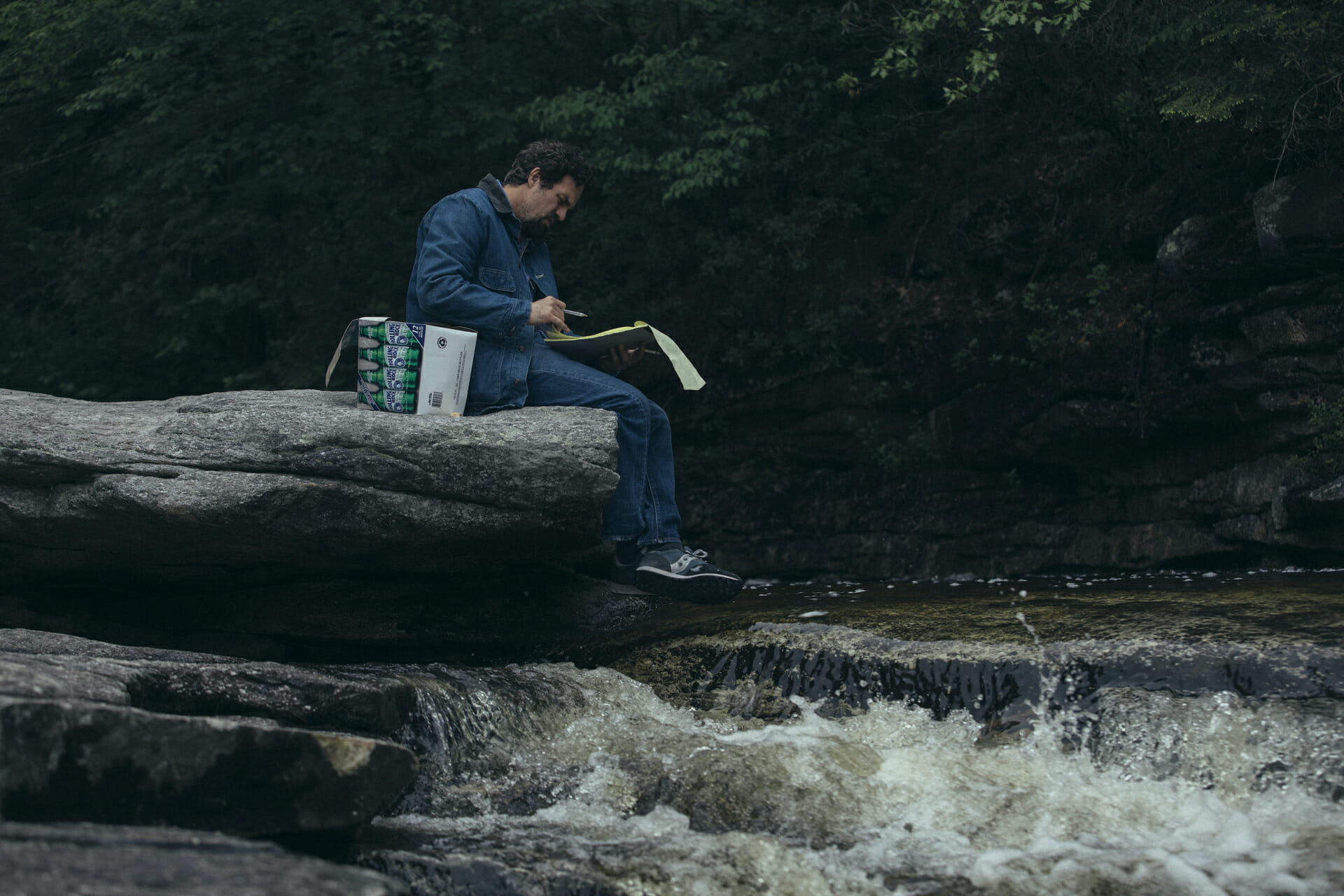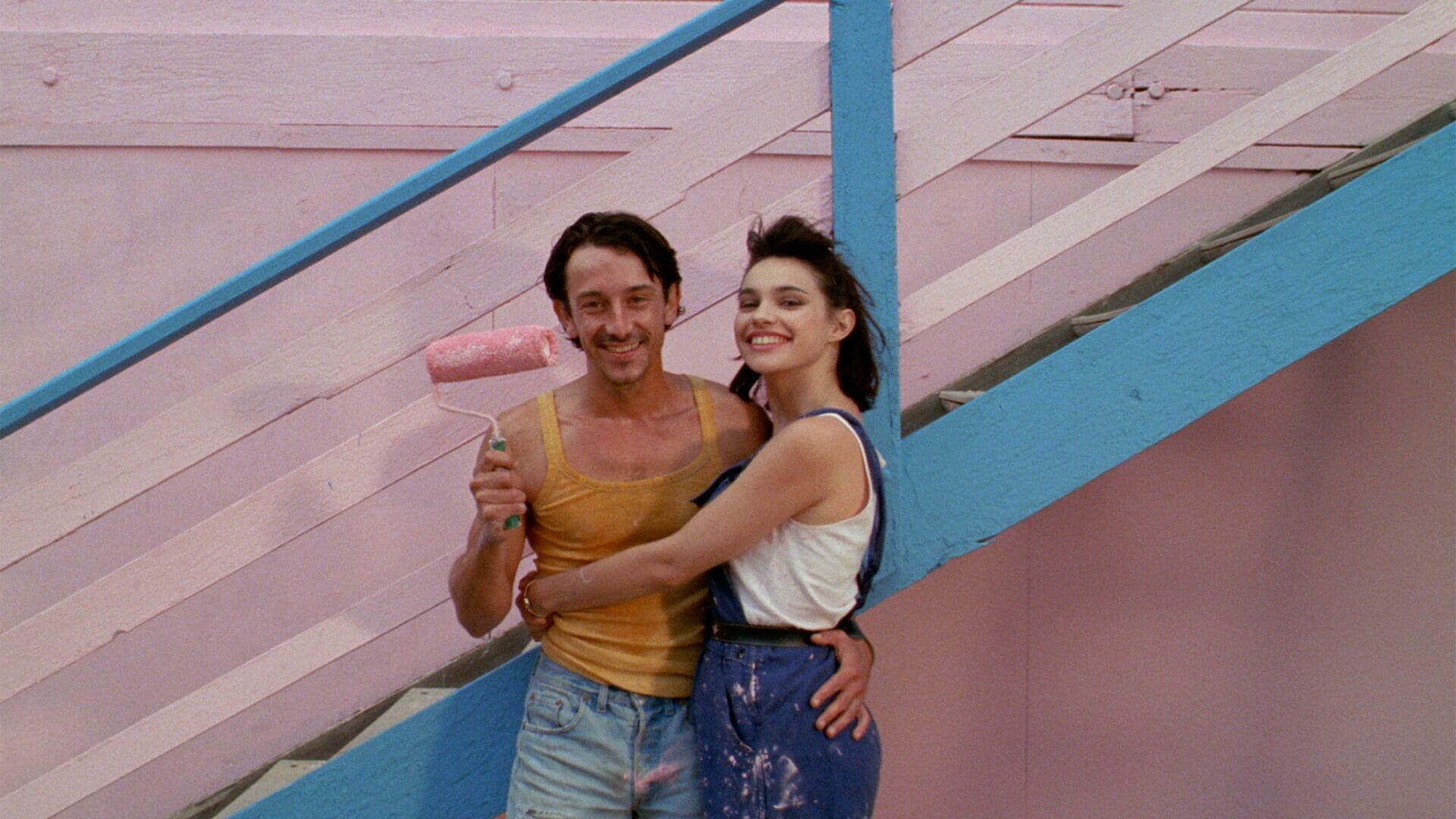
Amour | An experience
Runtime
Director
Main Cast
Cinematographer
Production Designer
Format
Genre
Subgenre
After his German-language film The White Ribbon, in 2012, the Austrian director Michael Haneke returns to France with Amour, a story about a retired music teacher couple. Georges (Jean-Louis Trintignant) and Anne (Emmanuelle Riva) enjoy their days reading and attending concerts until Anne suffers a stroke. Suddenly their life changes and Georges has to deal with his wife’s pain.
The Theatre of Cruelty
Amour is an experience that pulls the audience into the movie from the first shots. Just like in Antonin Artaud‘s The Theatre of Cruelty, Haneke engages and excites the public using an intellectual staging. For example, early in the movie, when Georges and Anne appear together for the first time. They are hidden among the crowd in a concert hall, and that concert hall becomes the perfect mirror of a movie theatre, throwing the audience into the story and denying any chance of escape.
The unseen enemy
Amour tells a story about a repressed subject in contemporary western culture, the human body’s psychophysical disintegration. As usual in Michael Haneke’s movies, the main characters fight an unseen enemy: death. But the enemy is everywhere, and it takes many forms. The funeral of a friend of Georges, his nightmare of being suffocated by a hand, or a pigeon that comes into the apartment, the fortress of Georges and Anne (a scene reminiscent of Fly, the tenth episode of the third season of Breaking Bad).
Minimalism, rigor, and elegance
Michael Haneke’s writing style is essential. He prefers action to dialogue, and he can tell about an illness without ever showing the hospital. He shows Anne’s disease progress only through props and the decor of the rooms. In this, his style resembles that of Robert Bresson – one of his favorite film directors, not by chance. Moreover, the stage direction is rigorous and elegant. The camera is moving only when is strictly necessary. It uses the sonic power of offscreen events and creates a discrete gap between the viewers and the character’s pain.
Amour is an experience for the viewer that comes from an author’s experience. During an interview with film critics Michel Cieutat and Philippe Rouyer (Haneke par Haneke, Stock, 2012), Haneke revealed that he created this story after his sick aunt’s suicide. So, the movie becomes a way for the director to process the grief and reflect on a sensitive topic: how to deal with the suffering of a loved one.
Tag
Buy a ☕ for Hypercritic









